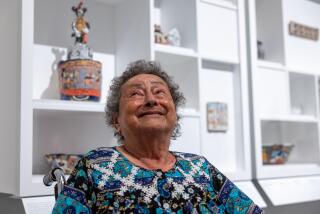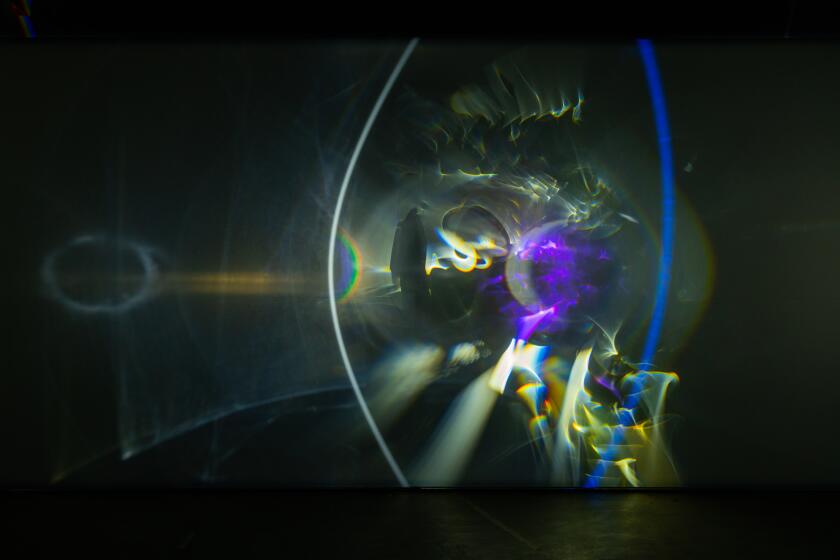LACMA acquires Oceanic art collection
The Los Angeles County Museum of Art has acquired a collection of Oceanic art considered to be one of the most significant private collections of its kind assembled in the 20th century.
The acquisition, announced Tuesday by the museum, comprises 46 rare works purchased from the Masco Corp. Foundation of Detroit. The purchase was made possible with a $5-million challenge grant from the Eli and Edythe Broad Foundation, with the balance funded by LACMA trustees Jane and Terry Semel, David Bohnett, Camilla Chandler Frost, and Gayle and Ed Roski.
LACMA director Michael Govan told The Times on Tuesday that the collection -- previously shown at the Detroit Institute of Arts, the Kimbell Art Museum in Fort Worth and other museums as part of a mid-’90s touring exhibition -- is expected to go on display at the museum in late spring 2009.
Govan declined to offer an estimate of the monetary value of the collection. But Michael Kan, a curator emeritus of African, Oceanic and New World culture at the Detroit Institute of Arts who was instrumental in acquiring the artworks for the former owner, said that rare individual items, including a moai kavakava (male ancestor figure) and rapa (dance paddle), both carved around 1800, and an 18th century Hawaiian drum collected by Capt. James Cook in 1778 would be worth $1 million or more apiece.
The collection is considered to be strongest in its objects from Polynesia and Melanesia.
“I was just delighted to hear about the acquisition, and it’s just a miracle that the artworks will stay together,” Kan said. “For example, the dance paddle -- I was recently offered one for $2 million that was in need of repair, and the one in this collection is in mint condition.”
Govan described the acquisition as “one of the most exciting acquisitions the museum has ever made -- the quality of the art is super-rare in the world. Every piece is a museum-quality object. It’s hard to find these things that have such an impeccable provenance. When a world museum is trying to connect the dots, these objects bear witness to a certain history.”
Govan also noted the significant influence of the types of works in the collection on modern and contemporary artists, including Tristan Tzara, Man Ray, Max Ernst and others.
“They’re so accessible, even in a modern age. It’s the sheer power of the items that you don’t see in any other culture,” he said. “The dance paddle is a sensual, abstract object that has that sort of power to it. And they are not important just because of their influence on European artists. They are an alternate aesthetic and should be seen that way.”
Govan added that the items also may inspire future collaborations between LACMA and the UCLA Fowler Museum of Cultural History.
More to Read
The biggest entertainment stories
Get our big stories about Hollywood, film, television, music, arts, culture and more right in your inbox as soon as they publish.
You may occasionally receive promotional content from the Los Angeles Times.










